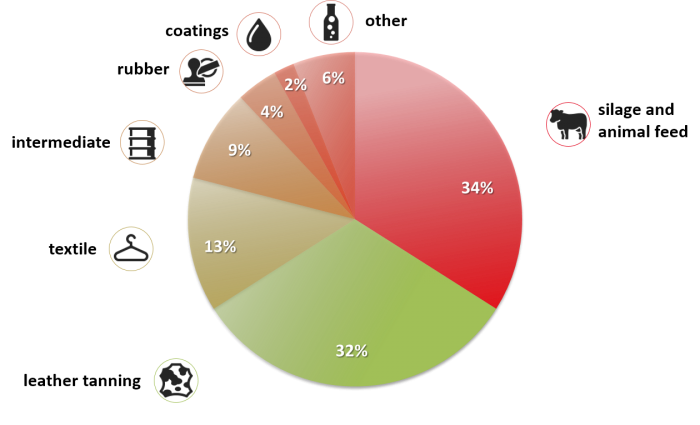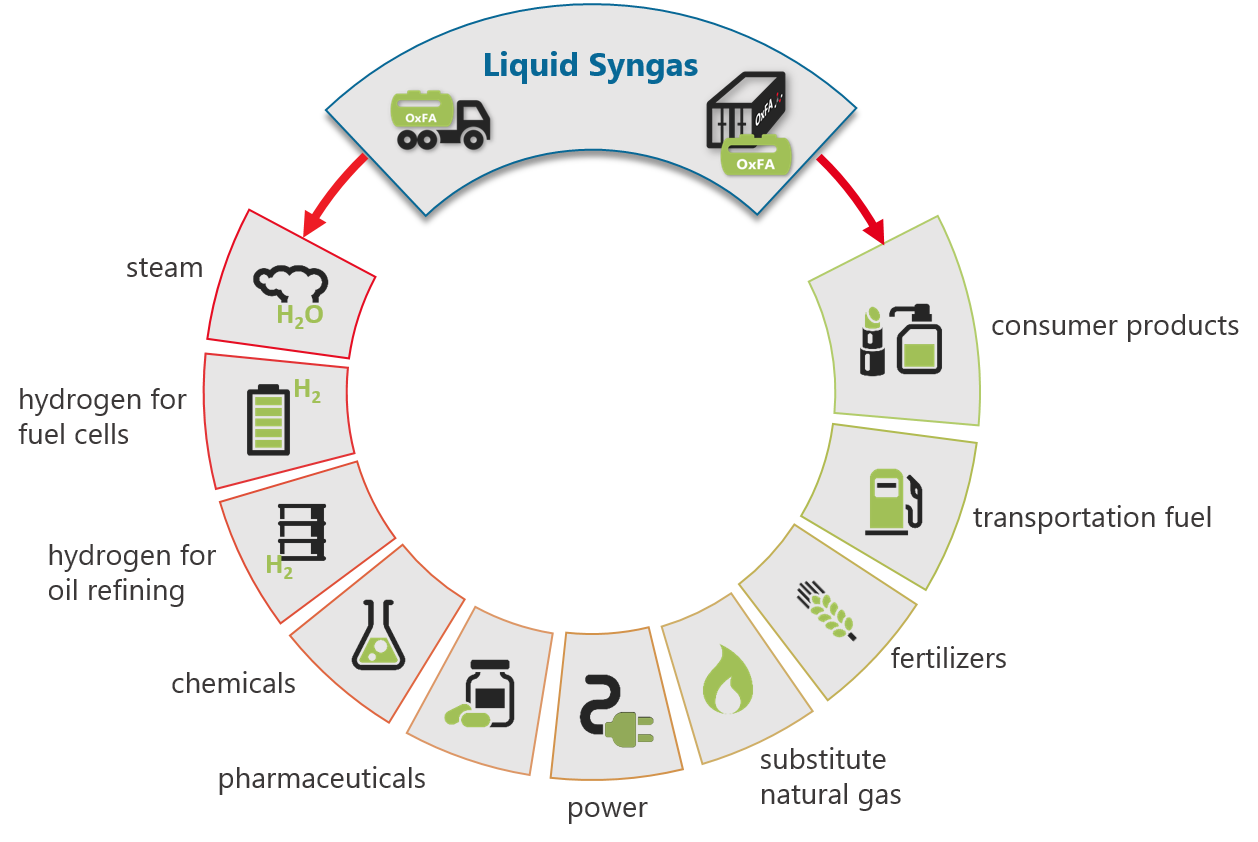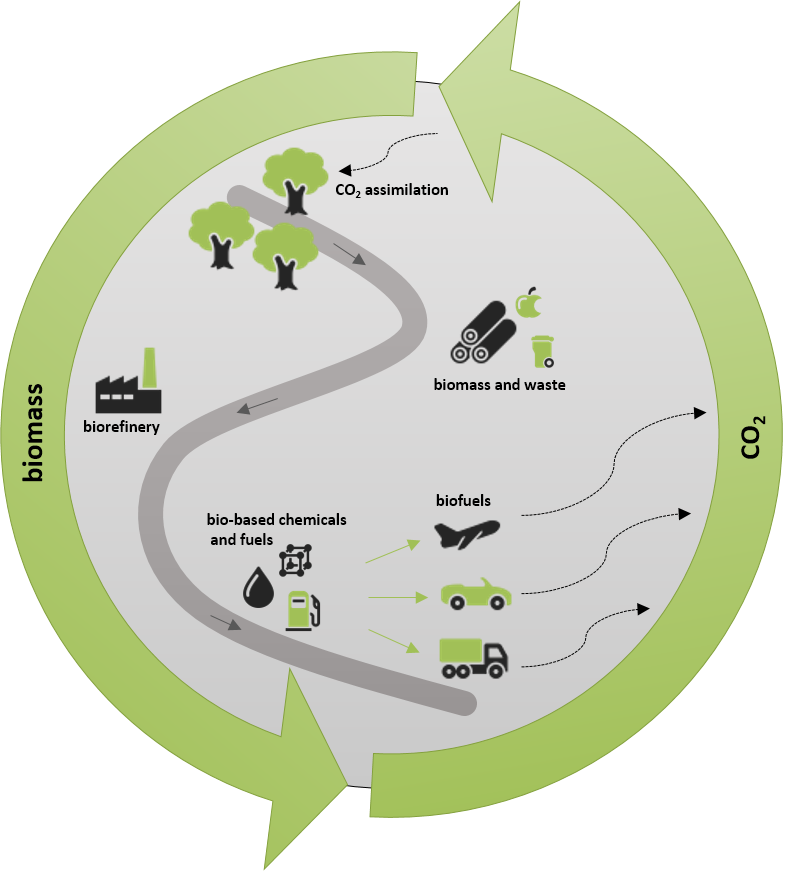Bio Formic Acid

fields of application of fossil based formic acid
The development of the ecological, sustainable production route for formic acid with the OxFA process enables the drop-in of a biogenic alternative in existing markets.
Bio formic acid is a key component in the production of bio certified products.

Liquid Syngas: an ecological carbon and energy source
Synthesis gas (syngas, a mixture consisting of carbon monoxide and hydrogen) is an important intermediate in chemical industries. Typically it is produced from natural gas in large industrial plants.
With OxFA technology a bio-based liquid Syngas equivalent (Liquid Syngas, LSG) is produced, enabling a needs-oriented release of hydrogen and carbon monoxide. In contrast to syngas production from biomass gasification processes OxFAs technology shows several advantages reaching from biomass agnostics, low process temperature, high product purities to the separation of LSG production and further processing. LSG is inexpensive, easy to handle and safe.
Our LSG is a raw material directly usable in existing processes. The OxFA release technology is capable of syngas supply according the need in variable amount and composition.

 Formate Salts
Formate Salts
Formates salts as deicing agent on airports show a high efficiency. The formulations exhibit no negative influence on materials and nature, as they are less corrosive than conventionally available salts and easy bio-degradable.
.
 Fuels and Additives
Fuels and Additives
OxFA develops synthetic fuels and additives for reducing emissions in combustion engines based on formic acid derivatives. In this field OxFA works together with the Technical University of Amberg-Weiden.


